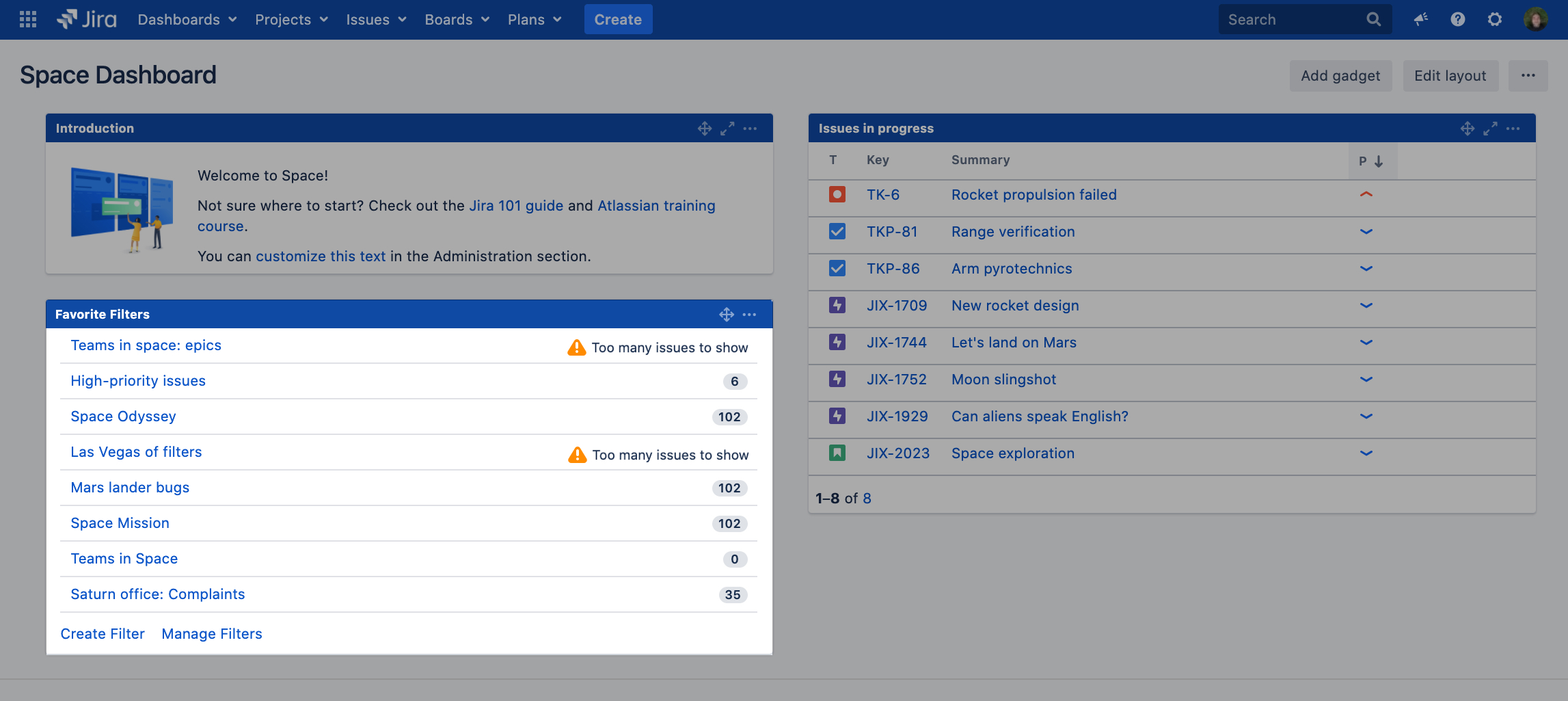Jira Service Desk 4.11.x release notes
15 July 2020
We're excited to present Jira Service Desk 4.11.
Highlights
More
Read the upgrade notes for important details about this release and see the full list of issues resolved.
Compatible applications
If you're looking for compatible Jira applications, look no further:
Help your customers in their preferred language
We’ve been dealing with language issues since someone came up with a great idea of building a tower that could reach the sky. Well, this didn’t work out, but we’re here to the rescue—Jira Service Desk now comes with a multilingual customer portal and help center, just so you can help your customers in the language they like the most.
You can add additional languages to your service desk and provide translations for the most important items—these translations will be displayed in portal names, request types, and announcements. Gone are the times when your customers wondered what the author meant—now it’ll be all smooth sailing through the familiar waters. Learn more
Advanced auditing in Jira Service Desk DATA CENTER
We’re bringing advanced auditing to areas that are specific to Jira Service Desk. Now, apart from monitoring general events related to your Jira instance, you’ll also see the following categories and events:
SLAs (SLA calendars, SLA goals, SLA names)
Reports (created, deleted)
Agents (invited or removed from the project)
Email channels (enabled, disabled)
Request types (created, deleted)
Organizations (created, deleted, updated)
General configuration (public signup enabled, disabled)
Events from these categories are in the Advanced coverage level, which is available for Jira Data Center. Learn more
The following features live in the Jira platform, which means they’re available for the whole Jira family — Jira Core, Jira Software, and Jira Service Desk.
Managing private filters and dashboards
It’s time to flex those admin muscles, because we’re giving Jira admins the power to edit and delete private filters and dashboards. Now, you can see all existing filters and dashboards—whether shared or private—and choose how to handle them.
Perhaps the search criteria aren’t too efficient or a dashboard is filled with some risky gadgets? You can improve them yourself, assign to somebody else, or just delete and watch how they disappear in a puff of admin magic. You’re in control now, so we’ll leave it all up to you. Don’t let erroneous dashboards and filters slow down your instance. Learn more
Embedded Crowd upgrade
Embedded Crowd is a library used in Jira for user management, and we’ve just upgraded it to the latest and greatest—version 4.0. Although the pages related to users and groups rely on this library, we’ve made sure that the user interface and the interactions you need remain the same. At the same time, the new version brings a number of improvements, some of which are:
Performance improvements (improved sync times)
Clustering support
Improved directory failover
Many bugs and suggestions resolved
If you’d like to learn more about it and see the list of fixed issues, head to our upgrade notes.
More stability in the Favorite Filters gadget
Any fans of the Favorite Filters gadget? It’s one of the most popular gadgets, as it displays a list of your favorited filters and the number of issues each of them contains. For large filters, counting all of the issues can impact performance, so we wanted to give Jira admins more control.
To let you sleep easy at night, we’ve added a global setting that lets you control the max timeout for this gadget. If the issues take too long to load, we’ll stop counting them and instead display a “Too many issues” message. For all gadgets, on all dashboards. Learn more
Configure how fast stale nodes are moved offline DATA CENTER
In Jira Service Desk 4.10, we made it possible for stale nodes in your cluster to be automatically moved offline after two days of reporting no heartbeat. Now, you can configure this timeframe and move stale nodes offline as quick as 3 hours by modifying the jira.not.alive.active.nodes.retention.period.in.hours system property. Learn more
Resolved issues
Issues resolved in 4.11.0
Released on 15 July 2020
Issues resolved in 4.11.1
Released on 18 August 2020




